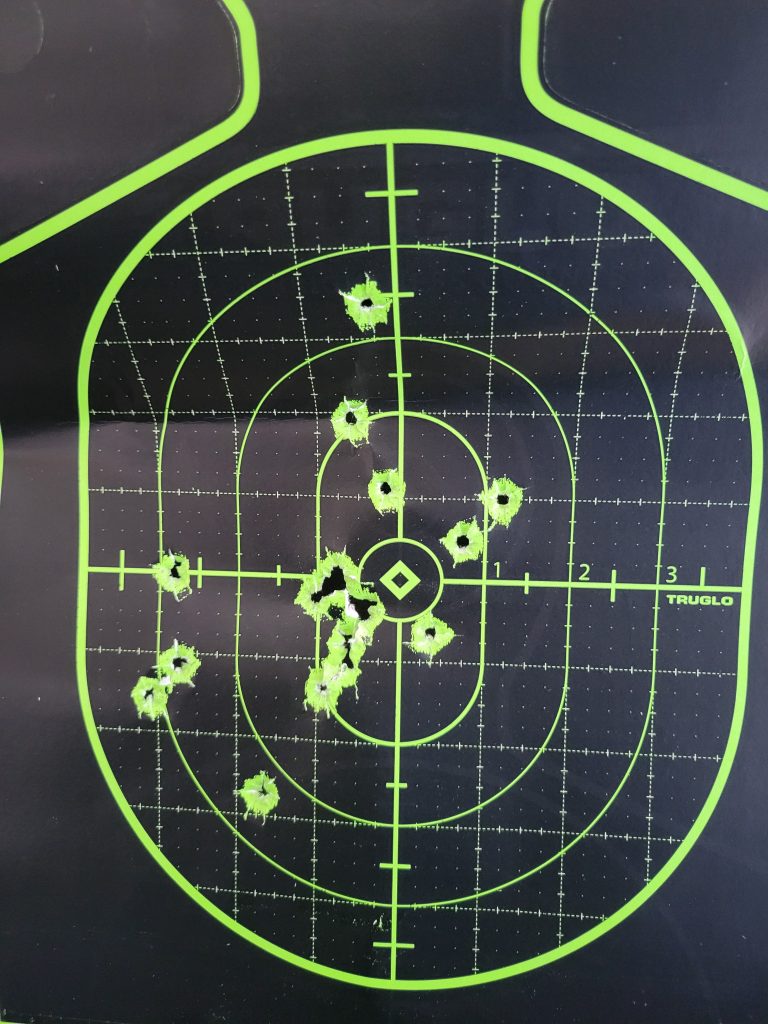Yesterday was shotguns. Continuing the series on defensive firearms, we explore carbines. I’m going to use this definition for carbines as opposed to rifles: A carbine is a a compact, short-barreled rifle that has a barrel length of less than 20 inches.
Most self defense shootings happen at a range of less than 7 yards. For that reason, it’s my opinion that rifles are not effective as self defense weapons, because they are too long to be wielded in close quarters. However, if you were to tell me that I could only pick one firearm to own for all purposes for the remainder of my life, I would go with a carbine. They are the Swiss Army knives of firearms.
Carbines have rifle-level muzzle energy, good accuracy out to a hundred meters or more, and can be effectively used inside of a building or from inside of a vehicle. The most popular of all of these in the US today (by a fair margin) is the AR patterned carbine- the M4gery. Parts and accessories are widely available. You can still even roll your own with an 80 percent lower, and they are relatively easy to repair and maintain. Lightweight, low recoil versions in .223 or 5.56mm are handled well by both women and children. Ammunition is light enough that a large amount can be carried.
I build my ARs with a 1:8 twist rate. That way, the rifling is optimized for bullet weights of 55, 62, or 77 grains, giving me a fair amount of latitude on ammunition selection. If I am planning on using the AR mostly in close quarters, I mount a holographic sight on it, like an EOTech. Those are good sights out to 100 yards or so and are fast to use. If I am anticipating medium to long range work, then there are other options like an LPVO or ACOGs.
Another mention is what I referred to as my “skirmish rifle.” Using the definition of carbine from above, the rifle that I built to this spec is a carbine. It’s on an AR10 receiver and chambered for .308 with an 18 inch barrel. Weighing in at only 7.65 pounds without a scope, it is lighter than many of my AR15’s. It shoots like a dream with a LPVO scope on it, I am getting 3 inch groups at 100 yards. Not bad from an 18 inch barrel. The bonus is that, being .308, it will defeat most body armor, especially at close range.
I once owned an M-1 carbine. I am sorry I got rid of it, because it was fun to shoot.
I am going to also include my Scorpion EVO in this category, even though the ATF says it’s a pistol. Mostly because it shares with carbines the disadvantage of being too large to conceal. Pistol caliber carbines, even though they are less powerful than their rifle caliber brethren, share many of the attributes of other carbines. I regularly mount a suppressor on mine, and when firing it with subsonic ammunition like 147grain hollowpoints, it’s report is about as loud as dropping a large book on the floor. Sure, there is less power at those muzzle velocities, but I have the 32 round magazines for it, so I plan on making up for that with fast, accurate follow on hits. Three or four headshots with 147grain 9mm hollowpoints will do a number on a home invader.
Of course, the disadvantage to any long gun in a self defense situation is that it cannot be concealed and is difficult to carry everywhere. Still, if I had to be in a gunfight, I would not feel undergunned with a carbine and a couple of magazines.
These posts are not intended to be a complete discussion of all of the merits, but are intended to be food for thought. There aren’t enough pixels on the Internet to completely discuss every facet of every type of defensive firearm.

